Hands-down the most common mistake (in my opinion) companies make in shopping for a learning management system (LMS) is not clearly and in writing defining their needs. Your needs depend on what information you need from the LMS, how you will access and use it, how you currently serve your community of learners, and also how you would like to be serving your learners. There is much introspection that should take place, and your needs should have been whittled down from your ‘wants list’. There are so many LMS vendors out there, that not having this done beforehand and you open yourself up to vendors defining the value proposition for you not based on your needs―but on their systems’ capabilities. As they say, caveat emptor.
Alex is a co-founder and Managing Member of Collabor8 Learning, LLC, an instructional design and performance management consultancy. His firm collaborates with organizations to enhance the way they develop and train their people. To learn more about Collabor8 Learning, click here.
Alex can be reached at 786-512-1069, alex@collabor8learning.com or via Twitter@collabor8alex.



